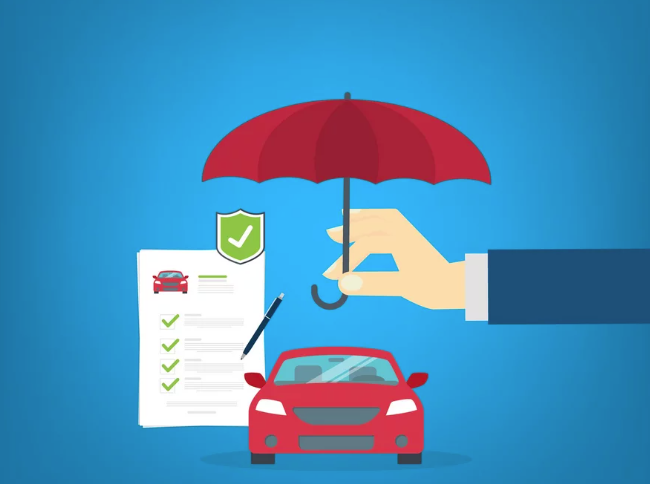How to Choose the Right Cheap Car Insurance for Your Budget
When you’re trying to stretch your monthly budget, car insurance can feel like one of those unavoidable costs that’s hard to control. But with some smart comparison shopping and a little research, you can find a policy that fits your financial goals without sacrificing the protection you need.

1. Review Your Current Budget
Start by examining your existing expenses, especially what you’re currently paying for car insurance, if you already have a policy. Auto insurance often takes up a significant portion of household budgets. In fact, according to the 2025 True Cost of Auto Insurance report, Americans spend an average of 3.39% of their median household income on auto insurance alone.
If your rate feels high or you simply want to free up money for other priorities, it may be time to look for savings. You might also be due for a rate change if you’ve recently:
-Bought a new car
-Moved to a different city or state
-Added or removed a driver
-Improved your credit score
-Gotten married
These life changes can affect your insurance profile and may qualify you for new discounts or lower rates.
2. Understand What Affects Your Rate
Insurers determine your premium based on a variety of personal and vehicle-related factors, such as:
-Your location
-Driving experience
-Vehicle type
-Annual mileage
-Accident or claims history
In some states, insurers may also consider age, credit score, and gender. Each company weighs these factors differently, so a driver who receives a high quote from one insurer might get a much lower offer from another. Understanding your own risk profile helps you compare quotes more strategically.
3. Compare Quotes by Coverage, Not Just Price
When shopping for insurance, don’t focus only on the premium. Review what each quote actually includes. While liability, comprehensive, and collision coverages are standard, optional add-ons can vary by company — and may be worth the cost depending on your needs.
If you finance or lease your car, you’ll likely need full coverage (liability, collision, and comprehensive). If you own your car outright, you can opt for a cheaper minimum coverage policy, though it provides less financial protection.
Common optional coverages include:
-Gap insurance: Covers the difference between your car’s value and what you owe if it’s totaled or stolen.
-Custom equipment coverage: Protects aftermarket parts or accessories you’ve added to your car.
-New car replacement: Replaces your vehicle with a brand-new model if it’s declared a total loss.
-Rideshare coverage: Extends coverage when driving for services like Uber or Lyft.
When comparing insurers, request quotes for the same limits and deductibles to ensure you’re making an apples-to-apples comparison.
4. Take Advantage of Discounts
Most insurance companies offer multiple discounts that can help you save and many allow you to combine them. Common discounts include:
-Multi-policy: Bundle auto with home or renters insurance.
-Multi-vehicle: Insure more than one car under the same policy.
-Claim-free: Maintain a clean claims record for several years.
-Good student: Earn high grades in school or college.
-Telematics: Use a driving app that rewards safe driving habits.
-Affiliation: Get discounts through professional groups, alumni associations, or military service.
-Paid-in-full: Pay your premium in one lump sum rather than monthly installments.
Ask each insurer which discounts you qualify for stacking multiple savings can make a noticeable difference in your total premium.
5. Check Third-Party Ratings
Once you’ve narrowed your list of potential insurers, take time to research each company’s reliability and reputation. Independent rating organizations such as J.D. Power, AM Best, and Standard & Poor’s (S&P) evaluate insurers on customer satisfaction, claims handling, and financial strength. A company with strong ratings is more likely to handle claims efficiently and remain financially stable over time.
Finding affordable car insurance doesn’t mean settling for poor coverage. By reviewing your budget, understanding what drives your rate, comparing equivalent quotes, using discounts, and checking reliability ratings, you can strike the right balance between cost and protection. Smart shopping can keep your car and your finances well protected.




